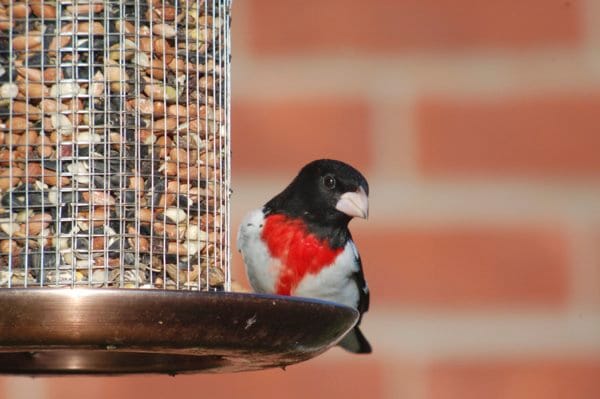
When I worked for a wild bird feeding store, as snow melted people would ask, “When do I stop feeding birds?”
Some of the concern is that birds will rely on bird feeders and not seek out “natural foods.” That’s not really a concern, I mean, your peanut butter suet and black oil sunflower seeds may be awesome, but they really can compare to an early spring insect hatch. It’s like comparing EasyCheese to a well aged cheddar…both tasty, but really, no comparison.
The other concern is the influx of blackbirds or grackles showing up at the feeders. That is an understandable, but surmountable problem.
It’s a fun time at the feeders, you don’t know what could show up. You still have the birds that spend the winter in the US like Dark-eyed Juncos and Purple Finches but you never know what will pop up next. Sparrows will be moving through soon and scattering some white millet on the ground can yield a surprise Harris’s Sparrow or Lincoln’s Sparrow.
But you can get fun spring migrants like the Rose-breasted Grosbeak showing up. It could be argued that spring feeding is somewhat important, as winter birds have plowed through available berries and nuts and natural foods could be more scarce, but there’s still quite a bit out there for the birds to forage on. If there is anything that the birds are at risk for, it’s a dirty bird feeder. As rain shifts to snow and yards become muddy, keeping the feeders filled, much less clean is a task few people relish, but it is so important to avian health. A salmonella outbreak from moldy seed can decimate a migratory flock. If you aren’t going to clean the feeders, you may as well not even fill them, it really is the safest thing for birds.
So what can you do if you have a whole bunch of Common Grackles coming in to your feeders? They have a tendency to go through several pounds of seed quickly…but you can offer safflower to keep them at bay.
Safflower is an all white seed that is not as tasty to birds as sunflower, but works well to the delight of chickadees, mourning doves, titmice, grosbeaks, cardinals and many finches. It’s usually best to offer it by itself, if you mix it with other seeds, they grackles will push it out in favor of the foods they enjoy.
So keep the feeders full and as long as you enjoy watching the birds, keep the feeders filled.


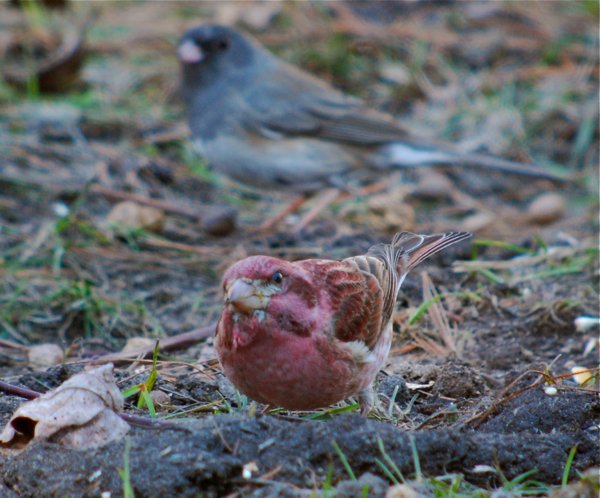

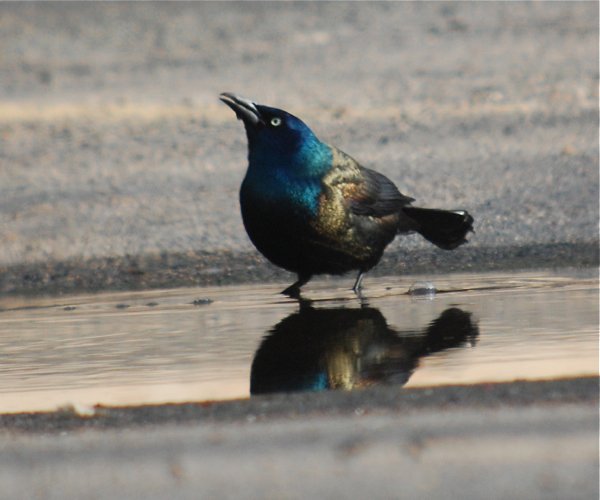
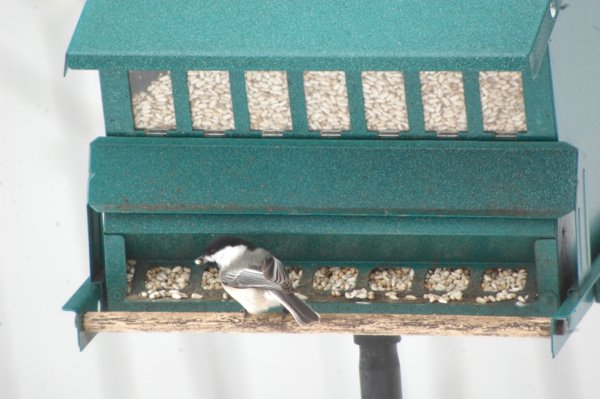







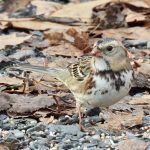
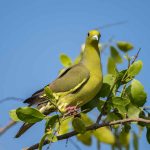
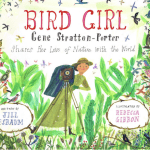
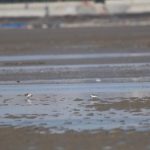
Why have the birds stopped coming to feeder? There is suet cake, sunflower seed, thistle seed, mealworms and egg shells. The birds are in the area but do not come to feed. I usually have titmice, chickadees, cardinals purple finch mourning doves and others. This is the first year it has happened. My neighbor still has them feeding. I have seen a hawk in the area on occasion.The only bird I see feeding is a mockingbird that comes to a feeder with nutlike feed as well as going to a beautybush.
This is something I’ve written about to 10000 Birds before. It’s something that happens. Sometimes it’s seasonal movement, or construction or some change that birds can see, but you can’t:
http://10000birds.com/where-did-the-birds-go.htm
@Marica Stone
Could the Mockingbird have driven the other birds away? The Mockingbird couple in my neighborhood are jerks.
-Pam
It is time for people who care for the survival of our wild birds (USA) to institute practices that encourage survival.
All creatures are endowed with only the GENETICS enabling survival of what past recent history has instilled. But these traits take time and perhaps mutuations and only then can survivors pass on their chance to live.
Whether this post gets posted, I wish to comment on the use of bird feeders. The hawk is a recent introduction to much of the country… Not that these predators (on top of the food chain) havent been part of avian history, BUT they were ABSENT FROM THE SCENE for decades, perhaps 50 or more years due to a sort of birth control caused by insecticides which rendered their eggs incapable of hatching. During those years wildlife prospered, but at the cost of genetic stagnation with the added cost of loss of fear of HUMANS encouraging them to the backyard.
Todays hawks have returned over the past 10, 15 years due to human intervention placing them in cities around the USA, they would have anyway but at a far slower pace but perhaps granting the defenseless creatures more time to adapt. The utilization of the bird feeder is a disaster for the defenseless. These birds have not time to adapt to the hawk, falcon or owl. They are incapable of survival easy prey at the feeder and consumed in numbers that in the northeast will render them as a lost species. This pertains to USA wintering birds, migrations will continue.
http://upload.wikimedia.org/wikipedia/commons/b/b2/Accipiter_cooperii_striatusDO1908P0203A.jpg
Thanks everyone for your replies. I cleaned the feeders and replaced with new seed. I watched as a titmouse attempted to land on the feeder and out swooped the Mockingbird. I have removed the feeder with the nut like feed that the Mockingbird was enjoying. I have seen the mocking bird perch on top of some tall Rhodedendrons and swoop in when a bird comes near now that I am taking more notice. Hopefully as spring arrives and removing its feeder the Mockingbird will move on. “Hopefully”
Marcia,
Alot of times when a Mocking bird swoops in like that, its because they may have a nest nearby. I have fallen victim to one who built a nest in my Hibiscus tree, evertime I would get close she would swoop in and try to attack. Just an observation.
Wanda Stone